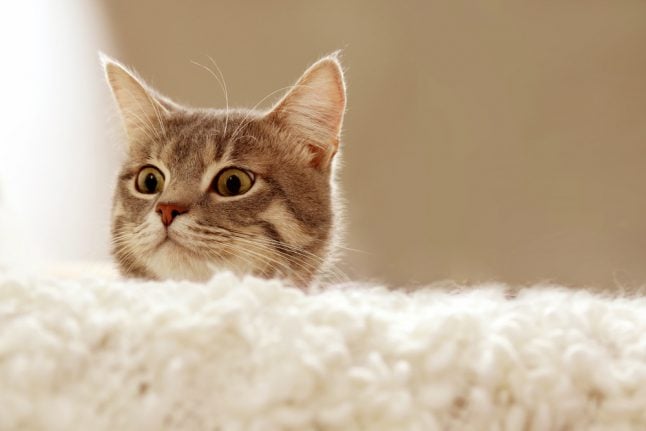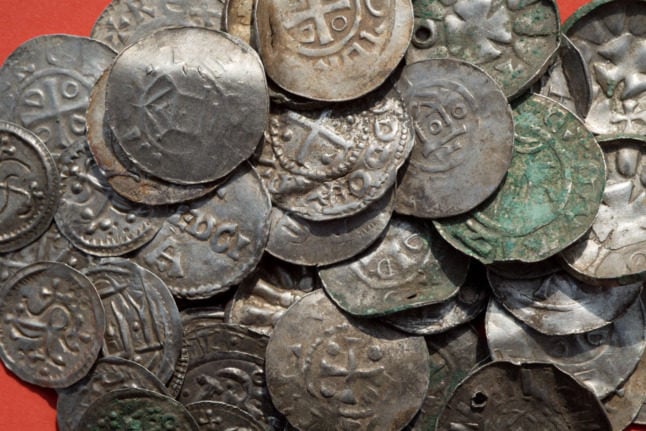Domesticated cats have become around 16 percent bigger since they were first introduced to Denmark, according to University of Copenhagen research published in the Danish Journal of Archaeology.
“We were surprised, when we looked at the bones, to find that both skeletons and bodies (of cats) have got a little bigger,” said Anne Birgitte Gotfredsen, an external professor at the Natural History Museum of Denmark and one of the co-authors of the paper.
“Normally, jaws and teeth are what we call the conservative parts of the skeleton, the parts which don’t grow. But those parts have grown markedly since the Middle Ages and through modern times,” Gotfredsen said.
One explanation for cats’ growth in stature could be easier access to food, the researcher said.
Another possible cause may be genetic, but further research would be needed to confirm this, she said.
“We don’t yet know exactly when the last wild cats died out and when the first domesticated cats really came to Denmark,” Gotfredsen said.
“The cat as a domestic animal closely resembles its wild version, whereas dogs, for example, are far from their wild equivalent, the wolf. The transition to domesticity is still surrounded by many unanswered questions,” she continued.
The review of cat bones conducted in the study is thought to be the first of its kind.
Although the first evidence of domestic cats comes from a near-10,000 year-old grave in Cyprus, scientists can be certain that the animal was domesticated in Denmark no later than 200 CE – during the Iron Age.
Later, Vikings kept cats for their warm fur and ability to chase off disease-bringing rats.
Researchers studied bones dating from before 1000 CE until the 1600s and compared these with later cat bones from after 1870.
Gotfredsen and co-author Julie Bitz-Thorsen carried out much of the analysis in the study.
READ ALSO: Danish kitten takes solo train trip to neighbouring town



 Please whitelist us to continue reading.
Please whitelist us to continue reading.